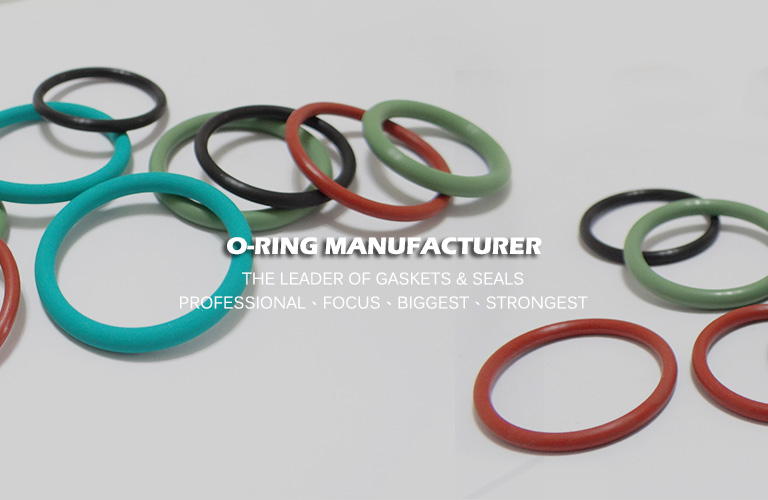EPDM
EPDM
■ EPDM
Like butyl rubbers, EP rubbers can also be classified into 2 categories.
1. Saturated (inert) polymers of ethylene and propylene are called ethylene propylene rubber (EPR).
2. When diene polymers are added to the sides of the EPR polymer chains, the result rubber would be known as EPDM. EPDM is more chemically active and allows vulcanization. This copolymer must first undergo hydroxide treatment.
EPDM is currently the cheapest rubber material available and almost forced out natural rubber from the rubber market at one point. This did not come to pass as production volume of natural rubber rose greatly, which reduced its costs.
In terms of physical properties, EPR and EPDM may not perform as well compared to NR. However, these synthetic rubbers have better resistance against heat, oxidation, and ozone compared to NR. These synthetic rubbers, especially EPR, also have reduced adhesiveness. With the exception of oils and other hydrocarbon fluids, the synthetic rubbers are resistant against most chemical materials. They also have good electrical insulation properties.
EPR and EPDM are mainly used making soft tube in motor vehicles, seats, foot padding, O-rings, conveyor belts, jacket of wire insulation, rubber strips along window edges, and other products that require resistance against weather.
■ Limitation:
Its resistance to oil, gasoline and hydrocarbon solvents is poor.
■ Chemical properties:
ASTM D1418
Designation:EPDM, EPM
ISO 1629 Designation:EPDM
ASTM D2000/SAE J200 Type, Class:AA, BA, CA, DA
■ Trade name:
NORDEL® EPCAR® EPSYN® VISTALON® ROYALENE®


